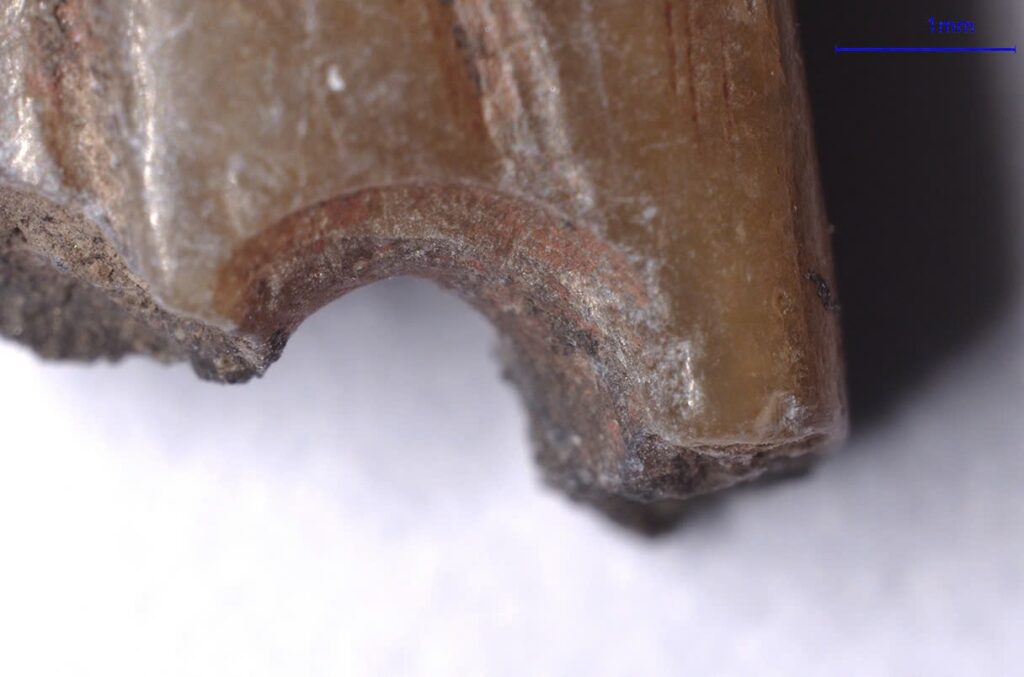A Groundbreaking Discovery on the Tibetan Plateau

In 2020, archaeologists made a remarkable find near Lake Xiada Co on the Tibetan Plateau. They unearthed a collection of stone artifacts dating back 9,000 years, believed to be the world’s oldest sewing needles. This discovery has shed new light on the technological prowess of our ancient ancestors and their ability to adapt to harsh environments.
The Stone Needle Revolution

These stone needles represent a significant leap forward in human technology. Previously, the oldest known needles were made of bone and dated back 50,000 years. The discovery of these stone needles, which are 6,300 years older than any previously found stone needles, marks a turning point in our understanding of ancient craftsmanship.
Unraveling the Mystery of Ancient Tibetan Craftsmanship
Scientific Analysis Reveals Ancient Ingenuity

Led by Yun Chen and Hongliang Lu from Sichuan University, researchers conducted an in-depth analysis of the six stone needles. Using advanced techniques like ultra-deep-field microscopy and 3D modeling, they uncovered the intricate manufacturing process employed by the ancient Tibetans.
From Stone to Needle: A Complex Process

The needles were crafted from various types of stone, including tremolite, serpentine, actinolite, and talc. The ancient artisans first scraped the stones into shape, then ground them to form sharp tips. Finally, they drilled holes at the top to create eyes, with the largest measuring 3 millimeters wide.
More Than Just Tools: Cultural Significance Unveiled
The Red Ochre Connection
One of the most intriguing findings was the discovery of red ochre pigment on one of the needles. This pushes back the earliest known use of ochre on the Tibetan Plateau by 4,500 years and identifies the needle as the oldest cultural symbol from Tibet.
Spiritual Significance in Ancient Tibet

Researchers believe that the red color held deep religious significance for ancient Tibetans. It was thought to imbue stone tools with life and energy, as well as ward off evil spirits, suggesting these needles were not just functional tools but also held profound cultural and spiritual meaning.
Challenges and Debates in the Archaeological Community
While the significance of these needles is widely recognized, some researchers have debated their exact purpose. Questions have been raised about whether they might have been used as personal ornaments or for constructing fishing nets, given their discovery near a lake.
However, the research team maintains that the dimensions and wear patterns of the stone needles closely resemble those of bone needles, indicating their use in sewing. They argue that the choice of stone over bone was likely due to the specific needs of ancient Tibetans, such as sewing thicker materials like tents.
A Testament to Human Ingenuity and Adaptability
The discovery of these 9,000-year-old stone needles on the Tibetan Plateau is a remarkable testament to human ingenuity and adaptability. It provides valuable insights into the daily lives, challenges, and spiritual beliefs of our ancient ancestors.

As we continue to uncover the mysteries of our past, findings like these serve as powerful reminders of the remarkable achievements humans can accomplish when pushing the boundaries of knowledge and capability. The legacy of these ancient Tibetan artisans continues to inspire and captivate, inviting us to explore the rich tapestry of our shared human heritage.
